Welcome to our blog on High-Density Avocado Plantations! You’ve come to the right place if you’re an avocado enthusiast or a farmer looking to maximize your yield. This blog will delve into the fascinating world of high-density avocado plantations, exploring spacing, plants per acre, techniques, and yield. We’ll provide accurate data and practical insights. All were presented engagingly. Whether you’re a beginner or an experienced farmer, we aim to make this information easy to read and understand.
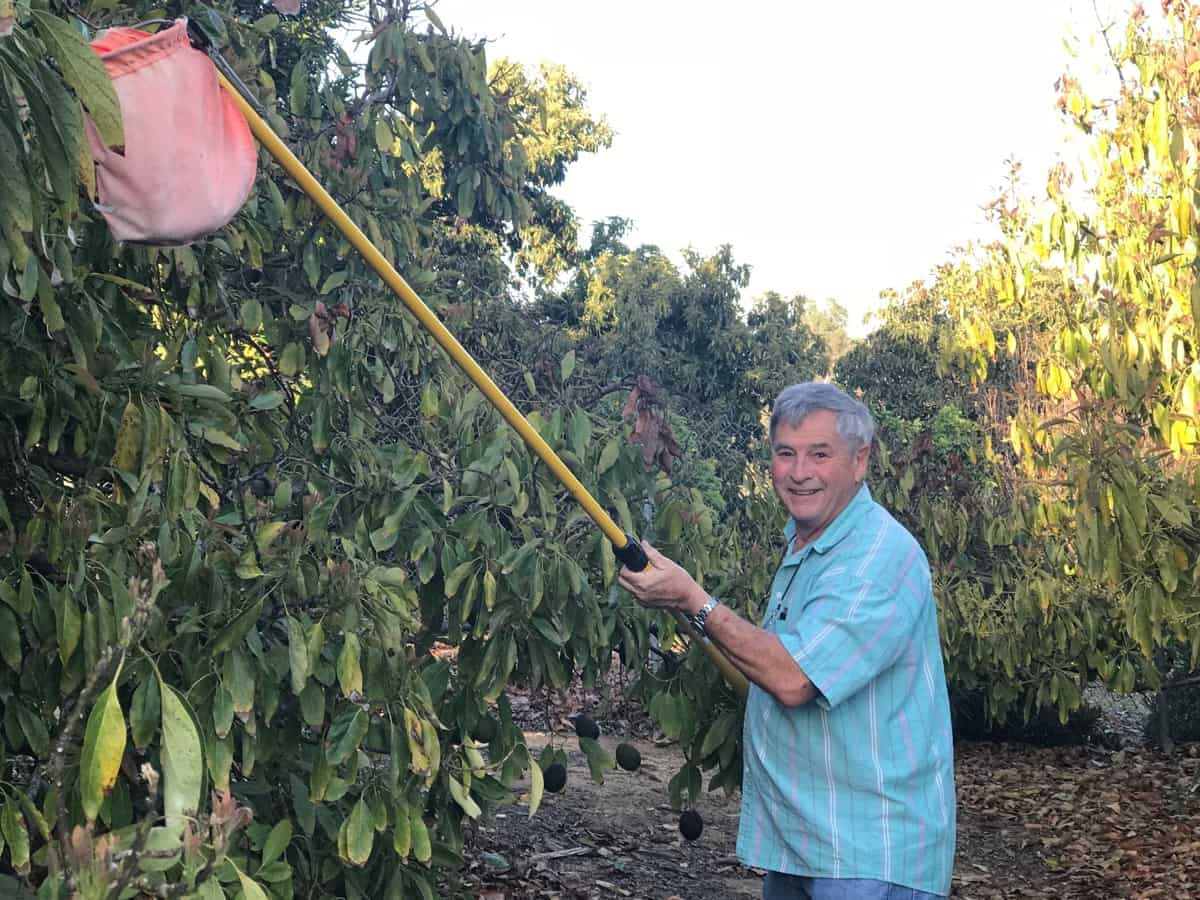
What is High Density Avocado Plantation?
High-Density Avocado Plantation is a modern farming technique that involves planting avocado trees at higher densities than traditional methods. Instead of spacing trees far apart, they are planted closer together, resulting in more trees per acre. This technique maximizes land utilization and increases overall yield, ultimately boosting profitability for avocado farmers.
Benefits of High-Density Avocado Plantation
- Reach full production earlier: With high-density planting, avocado trees can achieve full production sooner. Fruit production typically begins in the third year, and maximum productivity is reached by the fifth or sixth year.
- Trees well sheltered: High-density avocado plantations provide better shelter for small trees than conventional spacing. This results in the creation of microclimates, improving fruit quality and yield.
- Self-mulching: In high-density plantations, small trees self-mulch at an earlier stage. Mulch layer, promoting healthier tree growth and more efficient nutrient absorption.
- Improved tree health: Regular pruning in high-density plantations helps maintain a balanced root-to-shoot ratio, improving overall tree health.
- Better fruit size: High-density planting encourages healthier trees with robust canopies and root systems, resulting in improved fruit size.
- Land utilization: High-density avocado plantations allow planting on steeper land since machinery access is less crucial than in conventional plantations.
- Reduced harvest costs: High-density planting enables ground-level harvesting, significantly reducing the associated costs. There is no need for expensive cherry picker machinery or skilled labor.
- Minimize health and safety risks: High-density plantations offer advantages in terms of health and safety by reducing the reliance on risky cherry picker work and minimizing potential accidents.
- Reduced soil compaction: Without cherry pickers and smaller sprayers, high-density plantations experience reduced soil compaction, leading to better soil health and structure.
- Less pest and disease damage: The compact canopy of high-density avocado plantations allows for better spray penetration, resulting in fewer insect infestations and more effective fungicide application.
- Less fruit staining: Strong and vigorous canopies maintained in high-density plantations help minimize fruit staining, ensuring higher fruit quality and market appeal.
High-Density Avocado Plantation Techniques
The trend of planting fruit tree crops more intensively has been observed worldwide, including among avocado growers in New Zealand. Traditionally, avocado plantations were spaced at 7 meters by 7 meters, resulting in approximately 200 trees per hectare. However, high-density plantings have gained popularity, with spacing options ranging from 6 meters by 4 meters (416 trees per hectare) to 5 meters by 3 meters (666 trees per hectare).
In case you missed it: How This Farmer Earned 24 Lakhs from His 3 Acres Avocado Farm: A Success Story of Small-Scale Fruit Cultivation in India
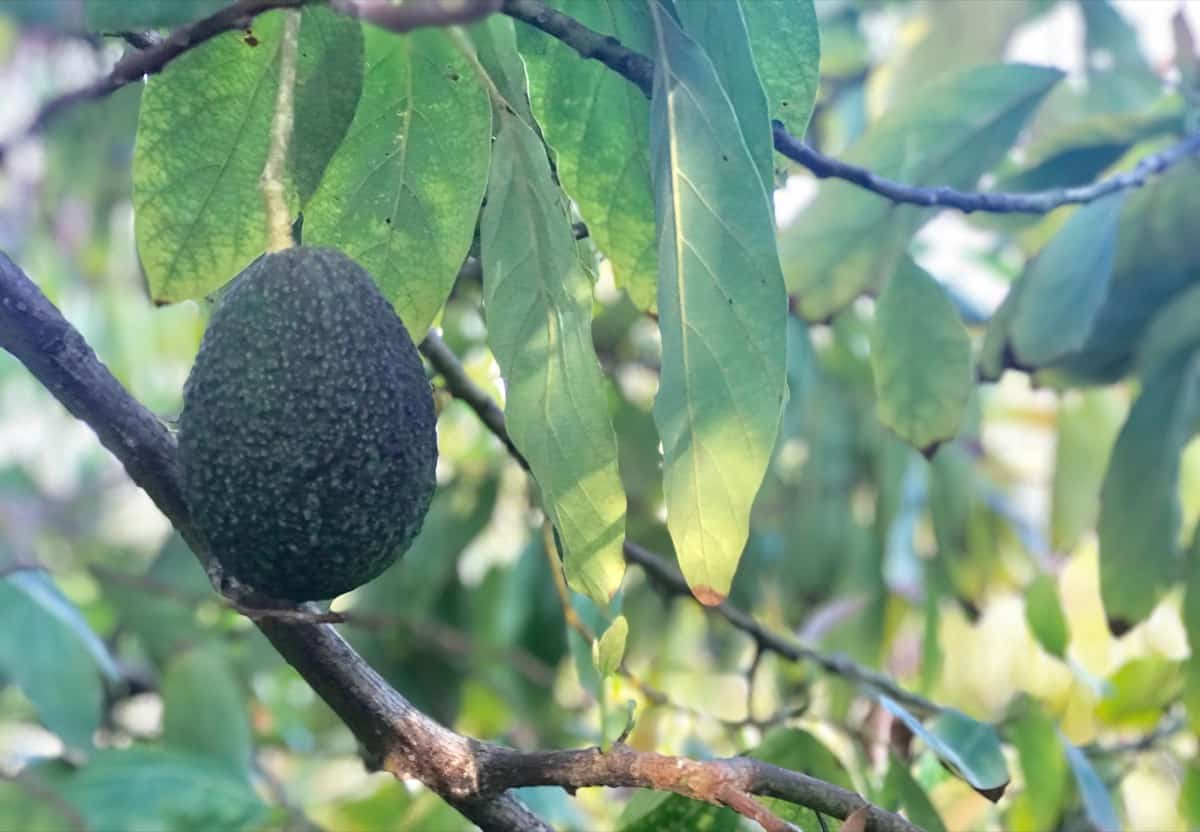
Some experimental plantations have even pushed the limits with spacings as close as 2.5 meters by 2.5 meters, accommodating up to 1600 trees per hectare. These techniques allow for maximizing land utilization and achieving higher yields in avocado farming.
Sustainable and Best Practices for High-Density Avocado Plantations
Avocados (Persia americana) are nutritious tropical fruits from Mexico and Central America. Jamaica, Spain, Zanzibar, Florida, and California received it. Early 19th century India brought it. Avocados are abundant in protein (4%), healthy fats (30%), and low in carbs. Avocado oil, like olive oil, is used in cosmetics. Avocados have 245 cal/100 g and several vitamins and minerals. Copper, iron, and potassium—essential for antioxidant enzymes and blood pressure—are abundant in the fruit.
Avocados contain all essential amino acids and have been shown to promote good cholesterol while reducing bad cholesterol levels. Avocado is commonly used fresh in sandwiches, salads, ice creams, and milkshakes. The pulp can also be preserved by freezing. The peel extracts of immature fruits of the Green cultivar have been found to contain three antifungal compounds. Avocado’s caloric value ranges from 1500 to 2250 calories per kilogram, and its protein content is three times that of an apple, nearly equal to that of a local plantain, and less than olive fruit.
Avocado cultivation has a historical background in India. American missionaries introduced avocados to Bangalore between 1906 and 1914, and further propagation for commercial purposes began in the 1940s. Avocado orchards were established in regions like Kallar near Nilgris, Palni, Kodaikanal, Yercaud, Coorg, and British bungalows. With the influx of Americans during World War II, interest in avocado propagation increased.
The Government of Mysore opened a research station for non-citrus fruits in Hessaraghatta, Bangalore, where different avocado seedlings were introduced. Avocado cultivation gained popularity in the last decade due to its nutritional properties. Avocado production is concentrated in Central and South American countries, with Mexico being the largest producer and exporter. Other major producers include Chile, Indonesia, the United States, Dominican Republic, Colombia, Brazil, and Peru.
Avocado production in Asia is limited, with countries like China, Vietnam, and Korea cultivating the fruit. Mexico give 45 percent of the international avocado market, which continues to grow globally. Avocado production in India is currently limited and needs to be better organized. However, the agro-climatic conditions in various parts of the country favor expanding avocado cultivation. Avocado is grown in southern tropical states like Tamil Nadu, Kerala, Karnataka, Maharashtra, and the northeastern Himalayan state of Sikkim.
In case you missed it: Top 17 Steps/Ways to Boost Avocado Yield: How to Increase Production, Size, Quality, Tips, Methods, and Ideas
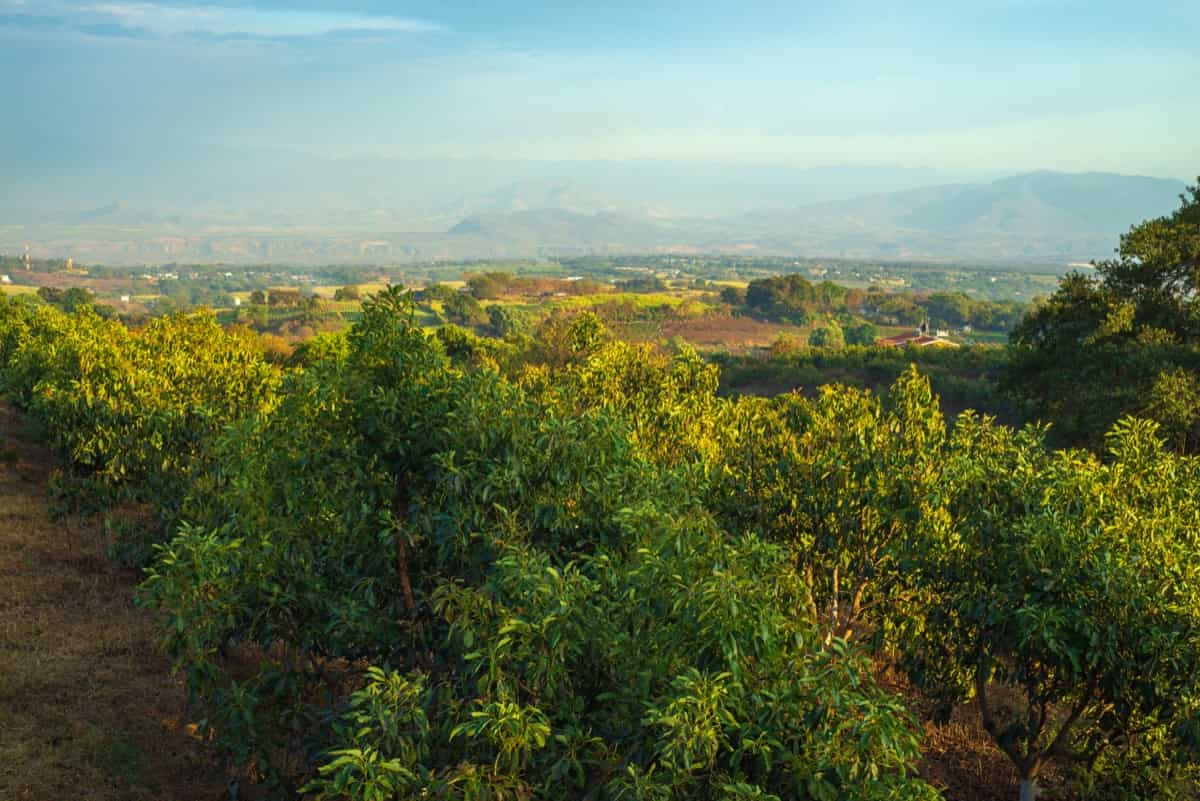
Avocados require specific soil and climate conditions to thrive. They are intolerant to northern India’s hot, dry winds and frosts and are typically grown in tropical or subtropical areas with summer rainfall and humid subtropical summer rainfall areas. Avocados are sensitive to poor drainage and cannot withstand water-logging. They are also intolerant to saline conditions, and the pH range is from 5 to 7.
Varieties: Avocado cultivation in India involves the West Indian, Guatemalan, and Mexican races. West Indian-Guatemalan hybrids are preferred in tropical areas, while Guatemalan-Mexican hybrids thrive in less tropical regions. In Sikkim, both Mexican and Guatemalan races are successful. Some notable avocado varieties worldwide include Hass, Fuerte, Gwen, Bacon, Zutano, Reed, and Pinkerton. India has promising varieties like Green Type, Purple, TKD-1, Nabal, Linda, Puyevla, Gott-Froid, Furerte, Pullock, and Waldin. These varieties differ in fruit size, skin texture, oil content, and flavor.
Propagation: Avocado propagation uses seeds. Avocado seeds only last 2–3 weeks. Dry peat or sand at 50°C improves seed viability. To speed germination, remove the seed coat before sowing. Most Indian avocado trees are seedlings, which take longer to fruit and vary in output and quality.
Avocado seedlings are highly variable due to cross-pollination, making them difficult to breed for commercial orchards. Budding or grafting superior avocado clones is necessary to resolve these challenges. Indian research found that September and March cleft grafting had the highest success rates and best development.
Field Preparation and Planting: Choose A and B group varieties with overlapping flowering times. A/B group varieties should be 1:1 or 2:1. Avocado trees are planted 6 to 12 meters apart, depending on their vigor and growth pattern. Fuerte needs more space. Avocados should be planted on mounds in wet locations.
Sikkim prefers a planting distance of 10 x 10 meters on steep slopes, while southern India prefers 6–12 meters, especially for coffee. One cubic meter of planting pits in April-May is dug and filled with farmyard manure and dirt. Planting should be done in June-July or September. Avocado trees are grown with coffee in some areas.
Nutrient Management: Avocado trees need balanced nitrogen, phosphorus, and potassium manure. Young trees need 1:1:1, while mature trees need 2:1:2. When soil pH surpasses 7, iron chelate can fix the iron shortage. Iron, zinc, and boron help trees grow, absorb nutrients, and yield. Avocados require integrated nutrient management with inorganic fertilizers and organic manure.
Fertilizers should be sprayed twice, in May-June and September-October, in humid tropical locations like Coorg and Karnataka, Kerala, and Tamil Nadu. Fertilizer use in Northern India follows the monsoon season, March–April and September–October. Apply zinc sulfate (0.5%) and other micronutrients foliar in April-May or September-October.
Training and Pruning: Avocado plants need early light pruning to open their central canopy. Unless necessary, subsequent pruning is infrequent. To regulate tree size, upright species may need top pruning, while spreading varieties may benefit from branch thinning and shortening. For cultural activities, pruning removes dropping or ground-touching branches. Overpruning can increase vegetative growth and lower yield.
Irrigation: In India, avocados are cultivated in locations with high and consistent rainfall. Thus, avocado trees are usually grown without watering. Every three to four weeks in dry months, Irrigation helps prevent moisture stress. Sprinkler watering increases avocado fruit size, oil %, and harvesting time. However, flooding promotes root rot. Mulching with dried grass or leaves can prevent winter moisture stress.
Intercultural and weed management: avocado orchards should avoid extensive cultivation to protect surface roots. Intercropping legumes or shallow-rooted crops can smother weeds in young orchards. Gramoxone or glyphosate are good herbicides for heavy rainfall areas. In coffee-based plantations, scruffling coffee plants can control weeds without disturbing avocado tree roots.
In case you missed it: The Best Lawn Grass Fertilizers Guide: Nourishing with Organic, Slow Release, Natural, and Quick Release Fertilizers
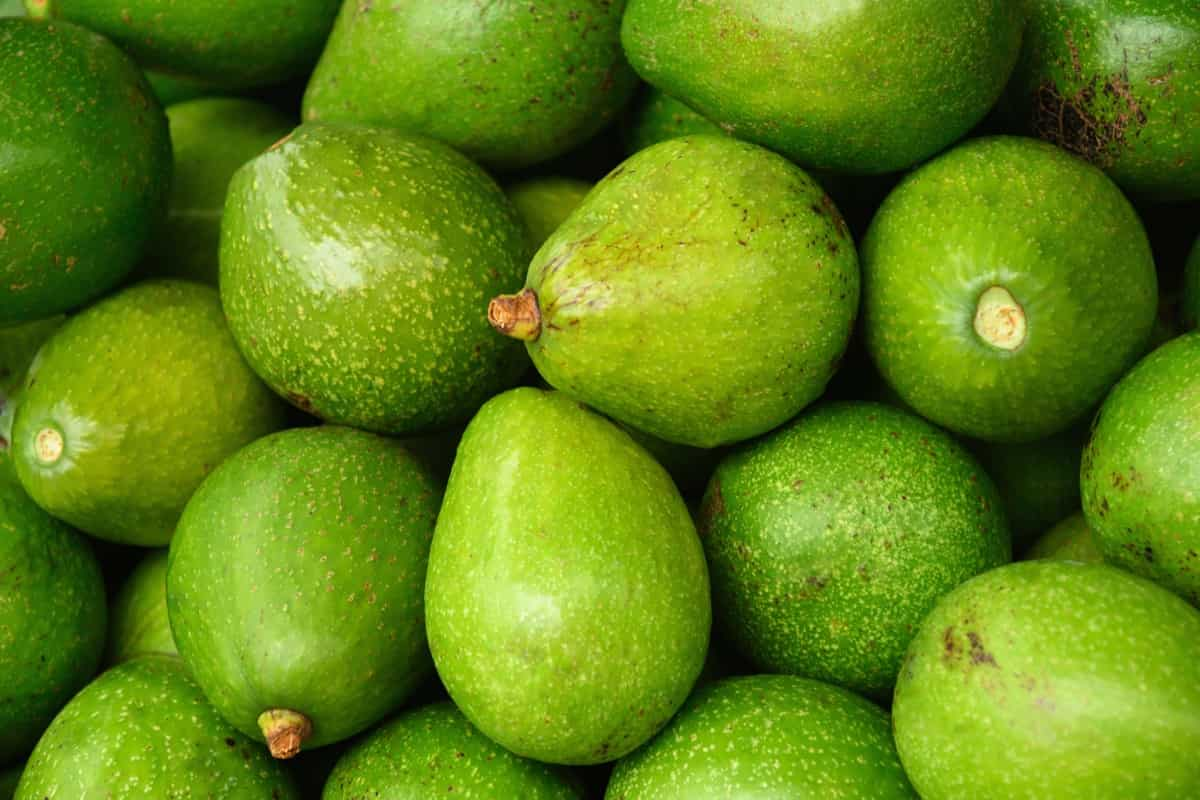
Flowering, pollination, and fruiting: Avocado trees start fruiting 5-6 years after planting. Avocados have diurnally synchronized dichogamy. This means that all tree blossoms that open simultaneously will grow into female flowers. When the blossoms reopen as male flowers, the male components will mature. Dichogamy and cross-pollination hinder floral self-pollination. A and B avocado cultivars are categorized by bloom behavior.
Group A opens in the morning and afternoon, whereas Group B opens in the afternoon and morning. The groupings can cross-pollinate. Due to the flower opening process, the avocado fruit set is limited, making insect pollination essential. Hymenopterans, dipterans, and coleopterans pollinate avocado blooms, with hymenoptera being the main pollinators.
Managing Pests and Diseases in High-Density Avocado Plantations
Pests and diseases pose significant challenges in managing high-density avocado plantations. The major diseases affecting avocados include Anthracnose, Phytophthora Root Rot, and Avocado Scab. Anthracnose, caused by Colletotrichumgloeosprotioides, leads to brown circular lesions on fruits, which can result in shedding and deformity. Copper-based fungicides can be used for control.
Phytophthora Root Rot, caused by Phytophthora cinnamoni, affects the roots, causing them to turn black and eventually die. Metalaxyl and potassium phosphonate are recommended treatments. Avocado Scab, caused by Sphacelomaperseae, results in brown or purple spots with a rough texture on the fruit. Tolerant varieties and copper-containing fungicides can help control the scab.
Regarding insect pests, mites, mealy bugs, scales, and thrips are important to manage. Mites like the brown avocado mite and perseamite can damage foliage and affect fruit production. Predatory mites and avoiding chemical pesticides can help control mite populations. Mealybugs, sexually dimorphic insects, can be problematic if insecticides kill their natural enemies.
Ladybird beetles and insecticide sprays can be used for control. Thrips leave scars on the fruit, which can spread and damage the fruit’s quality. Organic mulch and selective insecticides can help reduce thrip populations. Fruit flies, such as Bactrocera dorsalis and B. caryeaea, infest mature fruits and cause rotting. IPM strategies, including sanitation, traps, and bait sprays, can effectively manage fruit fly infestation.
Harvesting and Post-Harvest Tips for High-Density Avocado Plantation
Avocado plants grown from seeds start bearing fruit after five to six years, while grafted plants yield in three to four years. Mature fruits of purple varieties change their color from purple to maroon, while green varieties become greenish-yellow. Harvesting is done when the color of the seed coat within the fruit changes from yellowish-white to dark brown. After harvesting, the mature fruits ripen within six to ten days.
While on the tree, avocados remain hard and only soften after being picked. Each tree can yield approximately 100 to 500 fruits. Harvesting seasons vary across different regions in India, with July to October being the usual harvesting time in Sikkim, June to October in Coorg, and July-August as the peak harvest time in Tamil Nadu.
In case you missed it: How to Control Pests and Diseases in Oranges: Causes, Symptoms, Chemical, and Biological Management
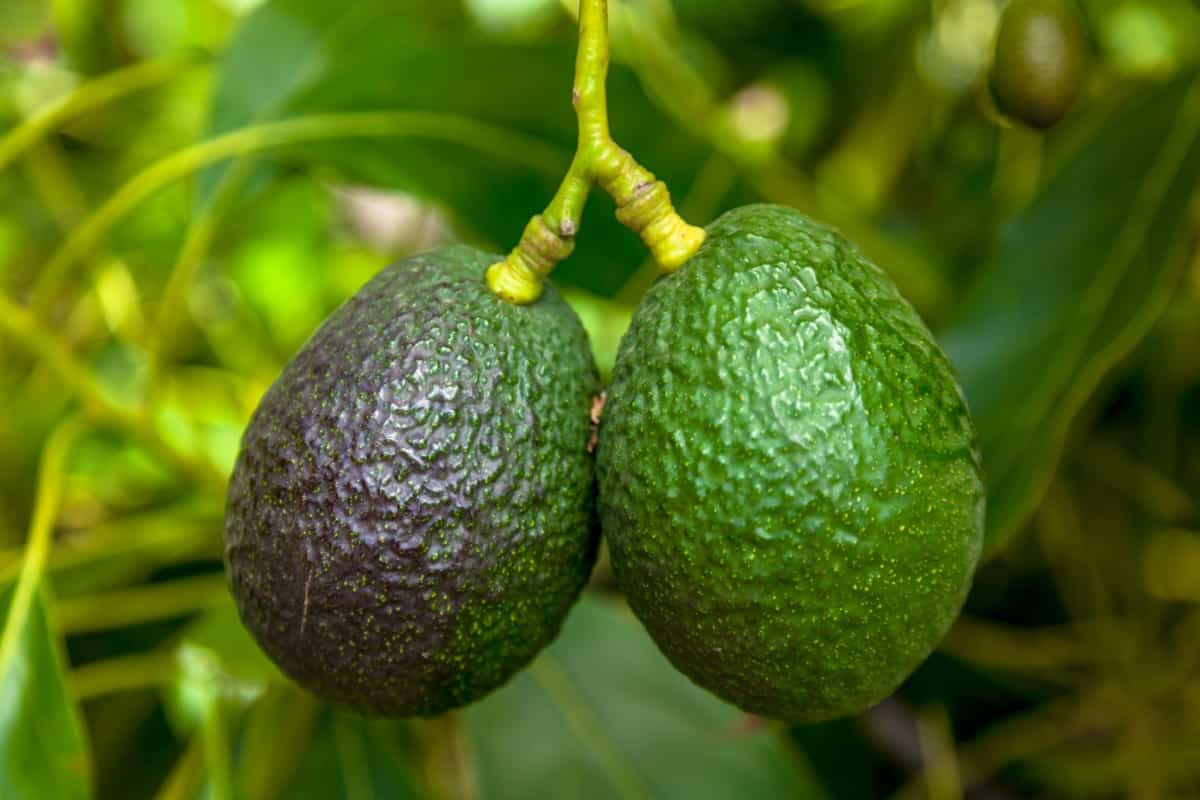
Avocado do not ripen on the tree, so they must be picked carefully at the right stage of maturity. In India, fruits weighing around 250 to 300 grams are preferred. The most popular varieties include Hass, Fuerte, and Green. Harvested avocados are usually hard and mature and ripen during transportation and distribution. Unripe avocados can be stored for up to four weeks at temperatures between 5.5 to 8°C. Due to small-scale production and scattered production areas, there is no organized marketing system for avocados in India.
Maximizing Yield in High-Density Avocado Plantation
To maximize yield in high-density avocado plantations, planting trees intensively with closer spacing can reduce the number of fruits needed per tree to achieve good yields per hectare.
Tree Spacing: 7 x 7 meters Trees per Hectare: 204 In high-density avocado plantations, the spacing of trees plays a crucial role in determining the fruit yield per tree and hectare. With a tree spacing of 7 x 7 meters and 204 trees per hectare, the number of fruits per tree ranges from 171 to 853, resulting in yields ranging from 8 to 40 tonnes per hectare. Different tree spacings, such as 5 x 3 meters, 3.5 x 3.5 meters, 5 x 2 meters, 2.5 x 2.5 meters, and 1.25 x 1.25 meters, have varying tree densities and corresponding fruit numbers per tree, leading to different yield potentials.
High-Density Avocado Plantation Cost Analysis (1 Acre Basis)
- Establishment cost: The estimated establishment cost for high-density planting is $17,597 per acre. This includes expenses related to land preparation, tree procurement, irrigation system installation, infrastructure development, and other initial investments required to set up the orchard.
- Production cost: The annual production cost for a high-density avocado plantation is estimated at $16,233 per acre. This includes pruning, fertilizers, pest and disease management, Irrigation, labor, equipment, and other ongoing operational costs.
- Yield and revenue: Based on the data from the field experiment, the average yield was measured at 16,220 lbs. per acre. Assuming an average price of $1.32 per lb., the revenue generated from avocado production is estimated at $21,418 per acre.
- Profitability: Considering the establishment and production costs, the returns to management for high-density planting are estimated at $6,260 per acre. This represents the potential profit from avocado cultivation after deducting the expenses incurred.
Challenges of High-Density Avocado Plantation
Challenges of high-density avocado plantations include limited space for tree growth and machinery access, increased nutrient requirements, water availability and distribution, higher pest and disease pressure, canopy management, labor-intensive harvesting, and initial investments. Proper management and planning are crucial to overcome these challenges and ensure profitability.
In case you missed it: Mastering the Art of Grafting Techniques for Grape Vine
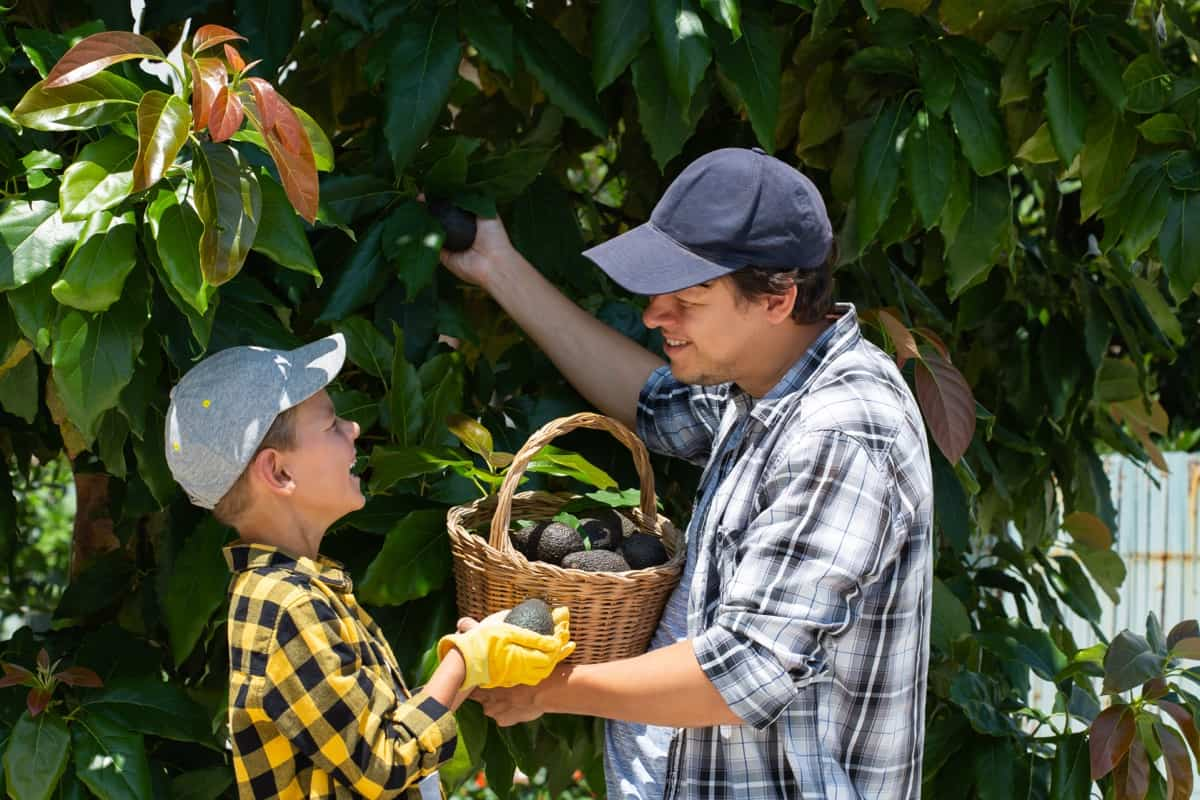
Conclusion
High-density avocado plantation with closer spacing and a higher number of plants per acre offers the potential for increased yield and productivity. Proper techniques and management practices can optimize fruit production in a limited space.
- How to Make Houseplants Bushy: Effective Tips and Ideas
- Innovative Strategies for Boosting Coconut Pollination and Yield
- Pollination Strategies for Maximum Pumpkin Yield
- The Complete Guide to Chicken Fattening: Strategies for Maximum Growth
- Natural Solutions for Tulip Problems: 100% Effective Remedies for Leaf and Bulb-Related Issues
- Revolutionizing Citrus Preservation: Towards a Healthier, Greener Future
- Natural Solutions for Peony Leaf and Flower Problems: 100% Effective Remedies
- Maximizing Profits with Avocado Contract Farming in India: A Comprehensive Guide
- Natural Solutions for Hydrangea Problems: 100% Effective Remedies for Leaf and Flowers
- The Ultimate Guide to Choosing the Perfect Foliage Friend: Bringing Life Indoors
- From Sunlight to Sustainability: 15 Ways to Use Solar Technology in Agriculture
- The Ultimate Guide to Dong Tao Chicken: Exploring from History to Raising
- The Eco-Friendly Makeover: How to Convert Your Unused Swimming Pool into a Fish Pond
- Mastering the Art of Delaware Chicken Farming: Essentials for Healthy Backyard Flocks
- 20 Best Homemade Fertilizers for Money Plant: DIY Recipes and Application Methods
- How to Craft a Comprehensive Free-Range Chicken Farming Business Plan
- Brighten Your Flock: Raising Easter Egger Chickens for Beauty and Bounty
- How to Optimize Your Poultry Egg Farm Business Plan with These Strategies
- Subsidy for Spirulina Cultivation: How Indian Government Schemes Encouraging Spirulina Farmers
- Ultimate Guide to Raising Dominique Chickens: Breeding, Feeding, Egg-Production, and Care
- Mastering the Art of Raising Jersey Giant Chickens: Care, Feeding, and More
- Ultimate Guide to Raising Legbar Chickens: Breeding, Farming Practices, Diet, Egg-Production
- How to Raise Welsummer Chickens: A Comprehensive Guide for Beginners
- How to Protect Indoor Plants in Winter: A Comprehensive Guide
- Ultimate Guide to Grow Bag Gardening: Tips, Tricks, and Planting Ideas for Urban Gardeners
- Guide to Lotus Cultivation: How to Propagate, Plant, Grow, Care, Cost, and Profit
- Agriculture Drone Subsidy Scheme: Government Kisan Subsidy, License, and How to Apply Online
- Ultimate Guide to Raising Araucana Chickens: Breed Profile, Farming Economics, Diet, and Care
- Bringing Hydroponics to Classroom: Importance, Benefits of Learning for School Students
- Ultimate Guide to Raising Polish Chickens: Breed Profile, Farming Economics, Diet, and Care
- Ultimate Guide to Raising Australorp Chickens: Profile, Farming Economics, Egg Production, Diet, and Care
- Silkie Chicken Farming: Raising Practices, Varieties, Egg Production, Diet, and Care
- Sussex Chicken Farming: Raising Practices, Varieties, Egg Production, Diet and Care
- Homemade Feed Formulations for Livestock: Discover Cost-effective Starter to Finisher Feed Recipes
- 20 Best Pig Weight Gain Supplements: Top Swine Weight Gain Formulas
- Ultimate Guide to Elderberry Farming: Propagation, Planting, Yield, Cost, and Profit